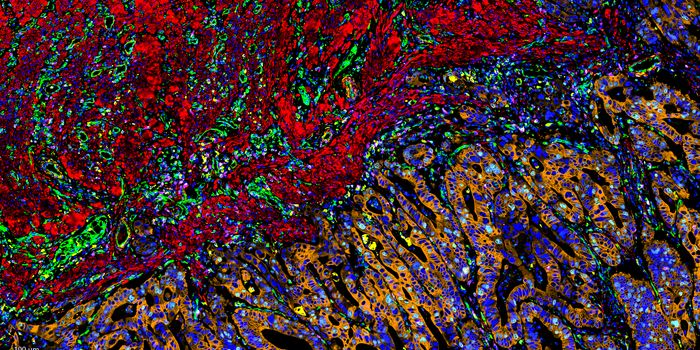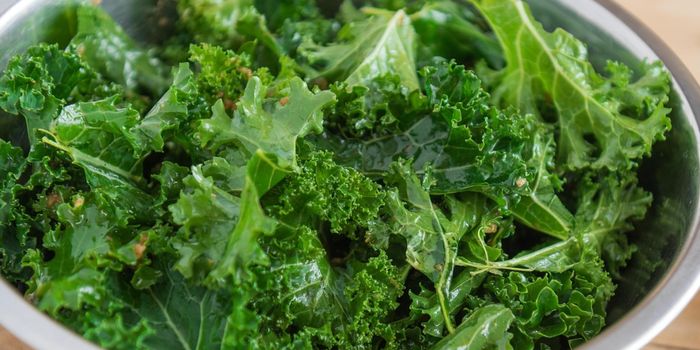Scientists have found six molecules that block HuR, an "oncoprotein" linked to cancer that was thought to be "undruggable."
The findings could lead to a new class of cancer drugs, researchers say.

HuR has been detected at high levels in almost every type of cancer tested, including cancers of the colon, prostate, breast, brain, ovaries, pancreas, and lung.
"HuR inhibitors may be useful for many types of cancer," says Liang Xu, associate professor of molecular biosciences at the University of Kansas. "Since HuR is involved in many stem cell pathways, we expect HuR inhibitors will be active in inhibiting ‘cancer stem cells,' or the seeds of cancer, which have been a current focus in the cancer drug discovery field."
HuR has been studied for many years, but until now no direct HuR inhibitors have been discovered.
"The initial compounds reported in this paper can be further optimized and developed as a whole new class of cancer therapy, especially for cancer stem cells," Xu says.
PRECISION MEDICINE
"The success of our study provides a first proof-of-principle that HuR is druggable, which opens a new door for cancer drug discovery. Many other RNA-binding proteins like HuR, which are so far undruggable, can also be tested for drug discovery using our strategy."
For the study, published in ACS Chemical Biology, researchers evaluated about 6,000 compounds from both the KU Chemical Methodologies and Library Development Center and the Food and Drug Administration in a process known as "high throughput screening," hunting for compounds that obstruct HuR's interface with healthy human RNA.
"A cancer-causing gene, or oncogene, makes RNA, which then makes an oncoprotein that causes cancer or makes cancer cells hard to kill, or both," Xu says. "This is the problem we're trying to overcome with precision medicine."
The HuR-RNA binding site is like a long, narrow groove, not a well-defined pocket seen in other druggable proteins targeted by many current cancer therapies.
"HuR tightly binds to RNA like a hand," Xu says. "The HuR protein grabs the ‘rope'-or the RNA-at a site called ‘ARE' on the rope. We aimed to find a small-molecule compound that makes the hand release the rope by competing with ARE of the RNA."
(Sources: University of Kansas; Futurity.org)











